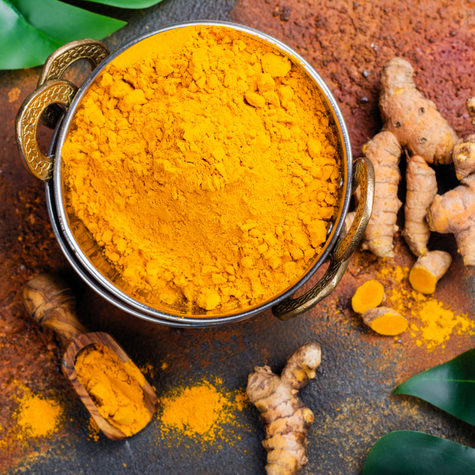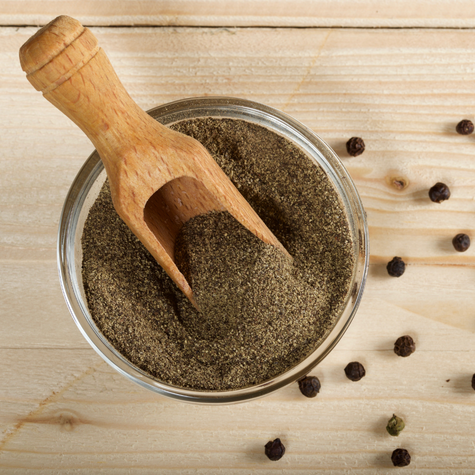Spices
Turmeric
Turmeric is a vibrant yellow spice derived from the root of the Curcuma longa plant, native to South Asia. It has been used for centuries in traditional medicine, cooking, and as a natural dye. The active compound in turmeric, curcumin, is known for its powerful anti-inflammatory, antioxidant, and potential medicinal properties, often linked to promoting joint health, improving digestion, and supporting overall wellness. In culinary uses, turmeric imparts a warm, earthy flavor to dishes, particularly in curries, soups, and rice. Its popularity has surged in recent years due to the growing awareness of its potential health benefits, with turmeric supplements and teas becoming increasingly common in wellness circles



Cumin
Cumin is a spice derived from the dried seeds of the Cuminum cyminum plant, which is a member of the parsley family. Native to the Mediterranean region, cumin has a distinct, warm, earthy flavor with a slightly nutty and peppery taste, making it a staple in many cuisines, including Indian, Middle Eastern, Mexican, and Mediterranean dishes. It’s commonly used in both whole and ground forms, often found in spice blends like curry powder and chili powder. Cumin is not only valued for its rich flavor but also for its potential health benefits, such as aiding digestion, supporting the immune system, and providing antioxidant properties. It’s also known for being a source of iron, which is essential for overall health



Coriander
Coriander, also known as cilantro in its fresh form, is a versatile herb and spice that comes from the Coriandrum sativum plant. Native to regions spanning from Europe to the Middle East and Asia, coriander has a unique flavor profile: the fresh leaves (cilantro) have a bright, citrusy taste, while the dried seeds (coriander seeds) offer a warm, spicy, and slightly sweet flavor. The seeds are often ground into a powder and used in a variety of culinary dishes, particularly in Indian, Middle Eastern, and Latin American cuisines. Coriander is not only a popular ingredient for its flavor but is also known for its potential health benefits, including aiding digestion, reducing inflammation, and being rich in antioxidants. Its versatility makes it a key component in both savory and sweet dishes, and it’s often included in spice blends like garam masala and curry powder



Black Pepper
Black pepper, often referred to as the “king of spices,” comes from the dried berries of the Piper nigrum plant, native to Southeast Asia. Known for its sharp, pungent heat, black pepper is one of the most commonly used spices in the world, enhancing the flavor of nearly every type of cuisine. It is usually ground into a fine powder or used as whole peppercorns, adding a spicy kick to savory dishes, sauces, and marinades. Beyond its culinary uses, black pepper contains piperine, a compound believed to have numerous health benefits, such as improving digestion, acting as an antioxidant, and potentially enhancing the absorption of other nutrients, like turmeric. In addition to being a flavorful seasoning, black pepper has been historically valued for its medicinal properties and continues to be an essential pantry staple worldwide



Cardamom
Cardamom is a fragrant, aromatic spice derived from the seeds of several plants in the Elettaria and Amomum genera, both of which belong to the ginger family. Often referred to as the “queen of spices,” cardamom has a unique flavor that combines sweet, spicy, and slightly citrusy notes, making it a prized ingredient in both sweet and savory dishes. It is commonly used in Indian, Middle Eastern, and Scandinavian cuisines, featured in everything from curries and rice dishes to baked goods and beverages like chai tea and Swedish pastries. Cardamom is also known for its potential health benefits, such as aiding digestion, reducing inflammation, and improving oral health. It can be used in both whole pods or ground form, and its aromatic qualities make it a key ingredient in many spice blends, including garam masala and various dessert recipes



